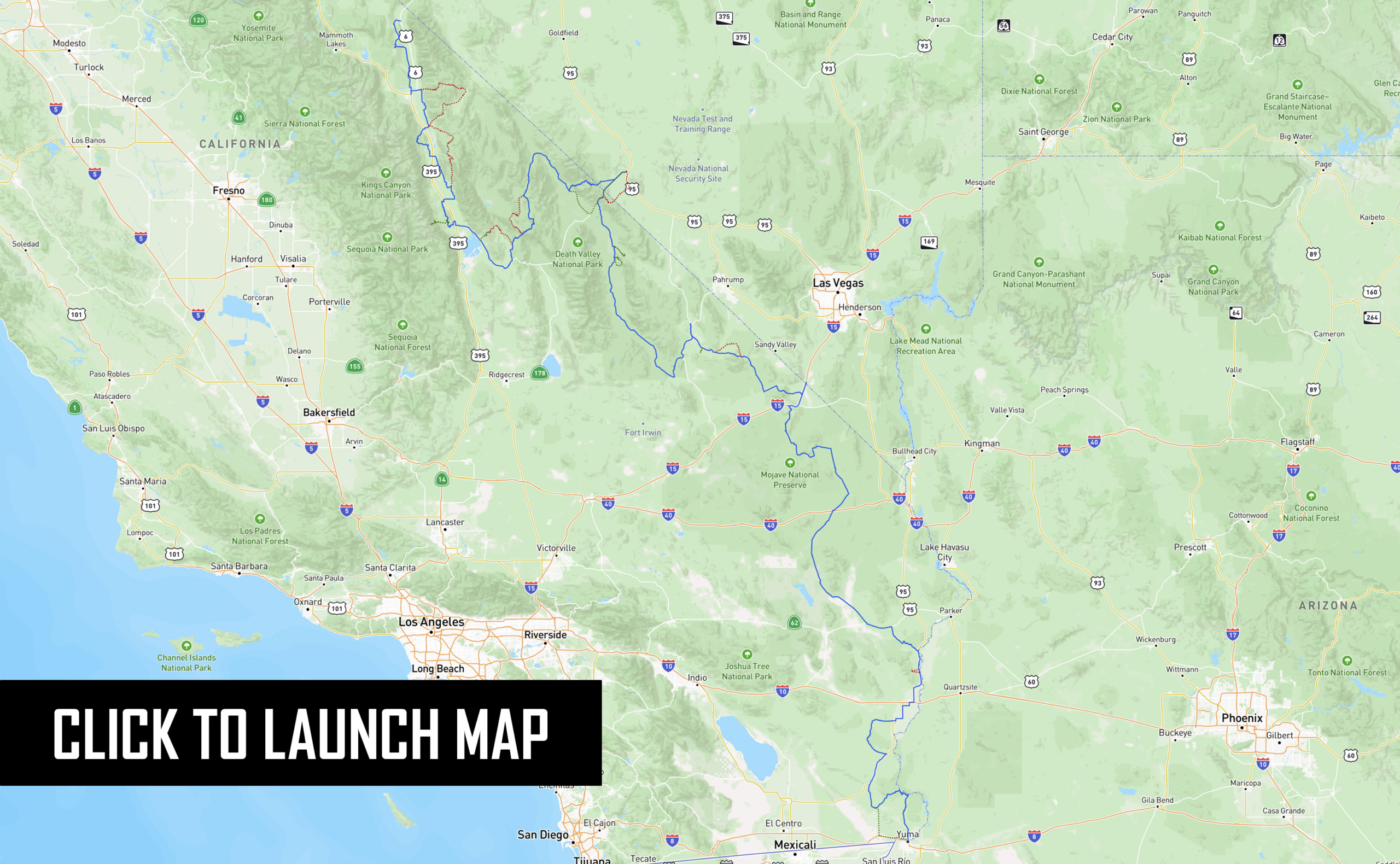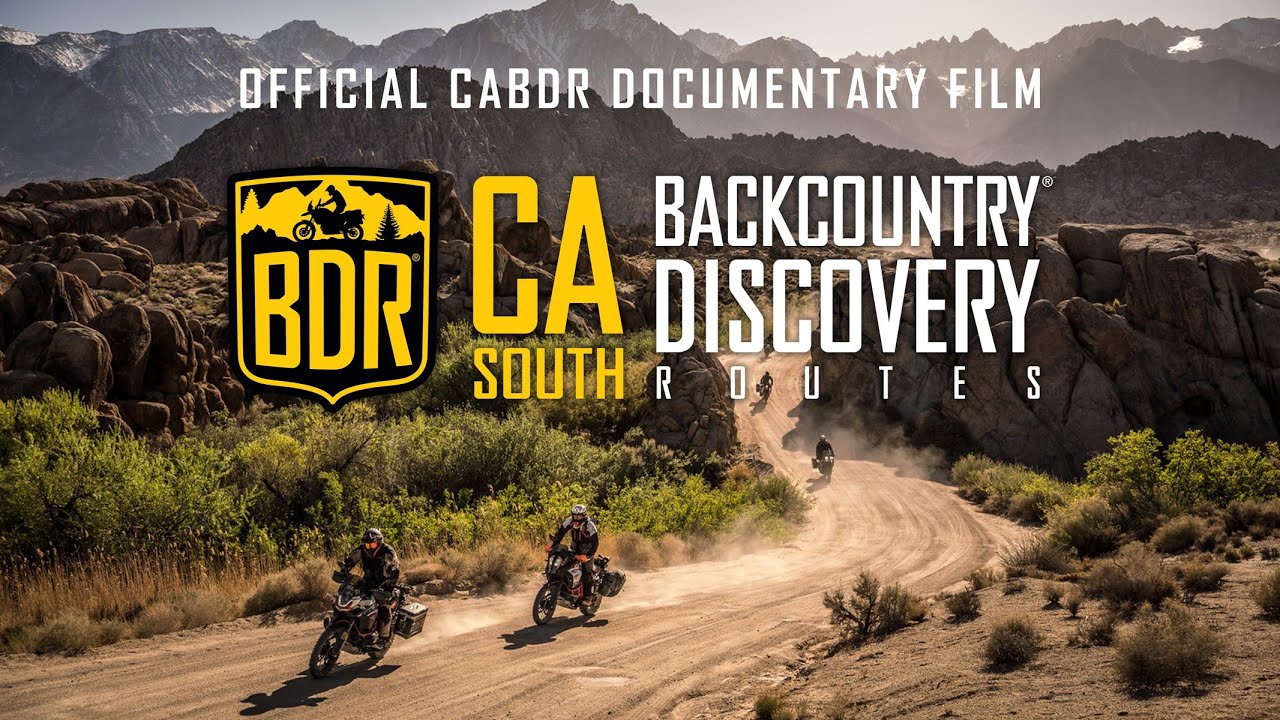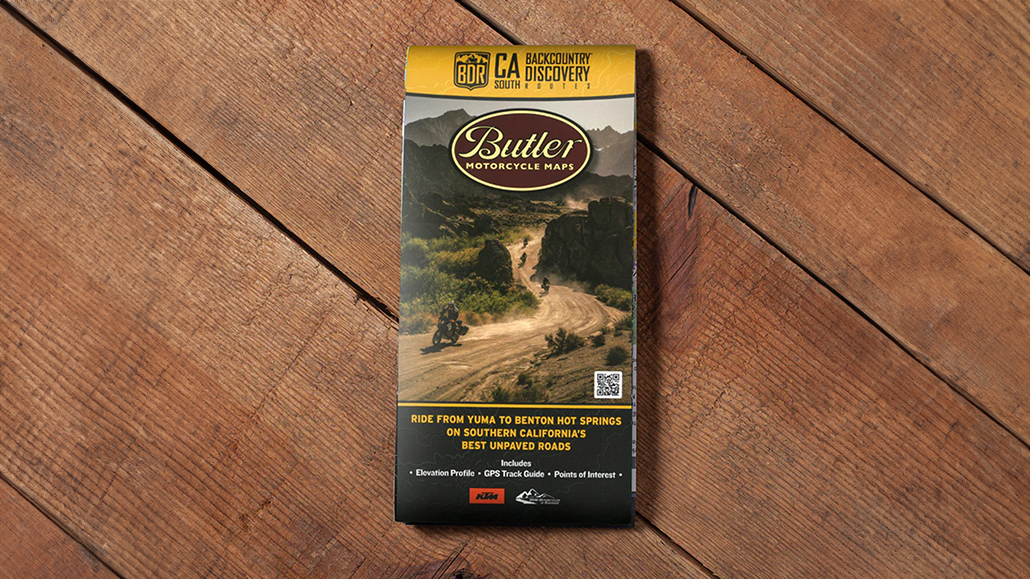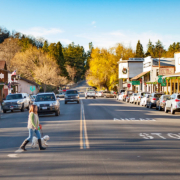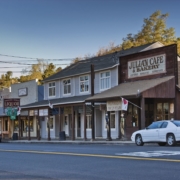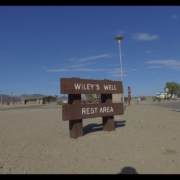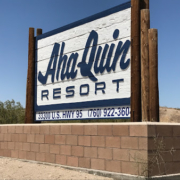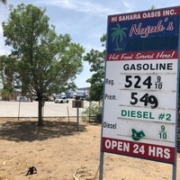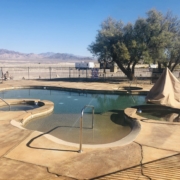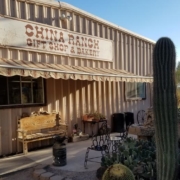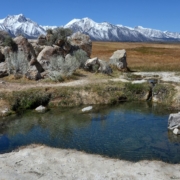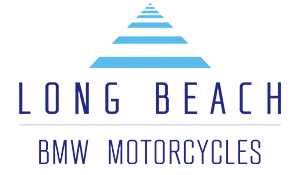Anza Borrego State Park
Ok, you could spend days riding amazing dirt roads or just stop here for a scenic overlook on your way, the Carrizo Badlands Overlook.
Imperial Sand Dunes
So, you want to brush up on your sand skills before riding the CABDR, or make like Ricky Brabec or Andrew Short and get skills for the Dakar? Well this is the place and it’s right on the way.
And check out what’s left of the “Wood Planked Road”, early road builders’ efforts to tame the drifting desert sand.
Felicity, CA – Center of the World?
Could be, but then again since the world is a sphere, just about any place could warrant this claim. If you are into funky, interesting places, this is worth the time.
Yuma Territorial Prison
Make the stop, even if it’s not 3:10. You will be rewarded with a peek into the life of interesting desperados, living out their days in sweltering summer heat or freezing winter nights with nothing but steel bars to quell the elements.
Ocean to Ocean Bridge
Finally! You are on the route and it begins with a jaunt over the one lane Ocean to Ocean Bridge that separates Yuma from Winterhaven, CA. and the start of the CABDR-South.
Picacho State Park and the Colorado River
If you choose to camp after traveling south to Yuma, this historic state park is just up the road and well worth the fee to camp.
The Bradshaw Trail
Created in 1862 this was the first trail that crossed the Riverside County desert all the way to the Colorado River to allow gold seekers to get to La Paz AZ. There is camping (Wiley’s Well 33°29’36.8″N 114°53’20.8″W or 33.49356 , -114.8891) just north of where we pick up the Trail heading east, but no potable water.

